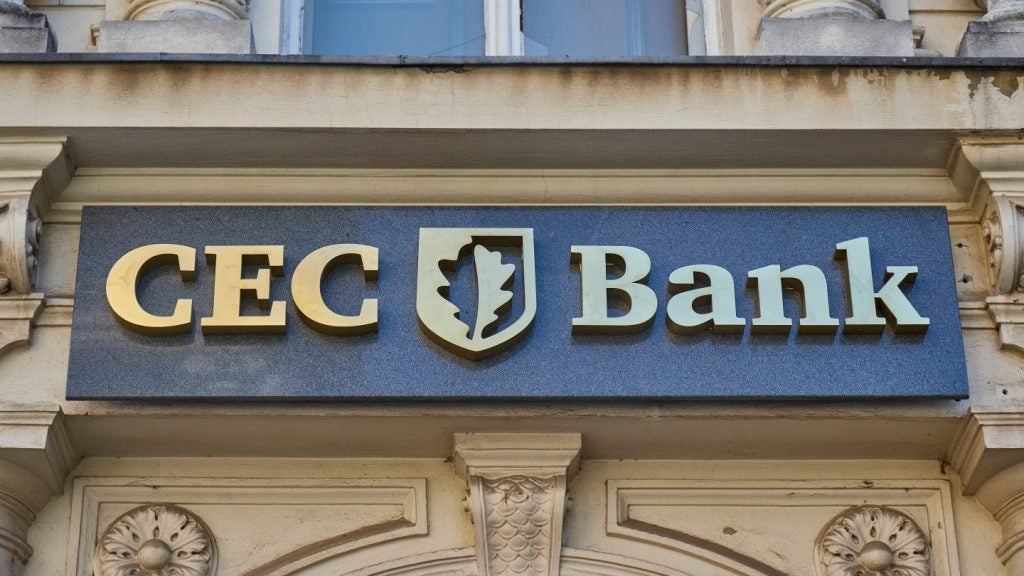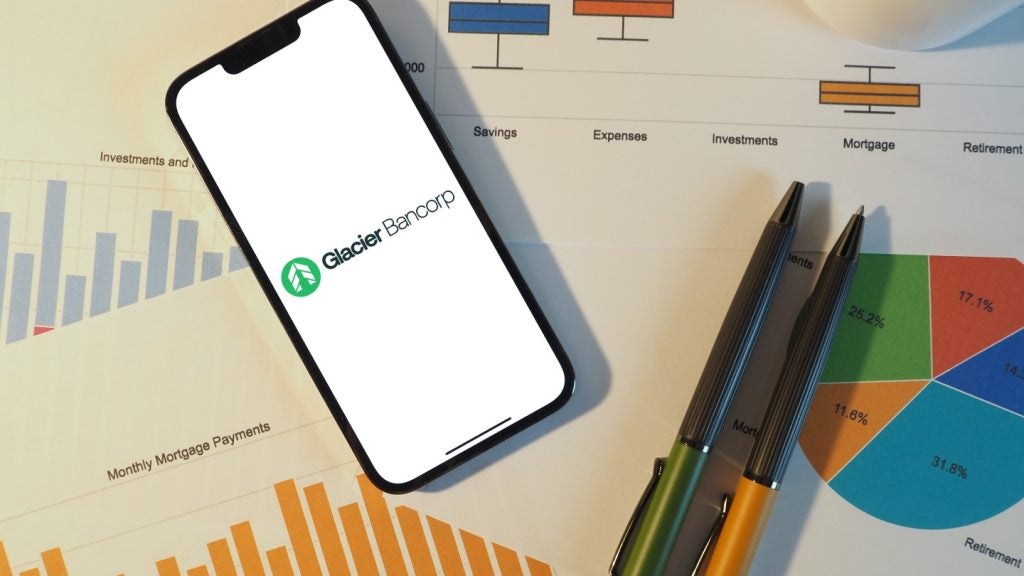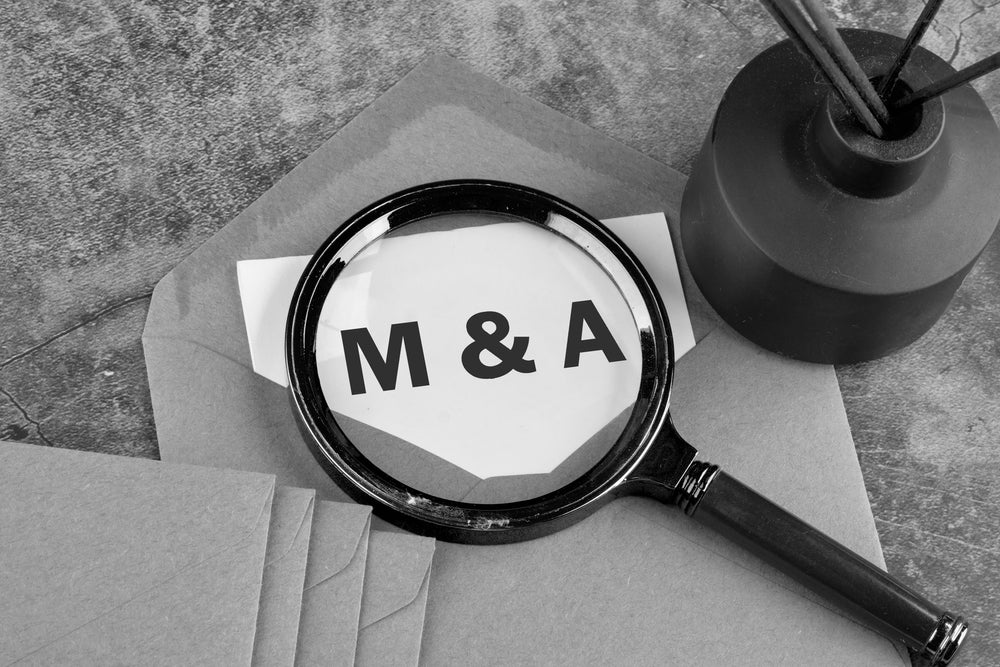Dan
Jones talks to Mukesh Chatter, the chief executive of
MoneyAisle.com, an online reverse auction service that sees banks
compete for customer savings. The fourth quarter of 2008 saw
consumers run $1.65 billion worth of MoneyAisle auctions, more than
triple the amount seen in the third quarter.
MoneyAisle.com, a US website which runs live
auctions where banks compete to provide the best rates of interest
on certificates of deposit (CDs) or high-yield savings accounts, is
gaining in popularity as hard-up US consumers look to eke out
better returns. Launched in June 2008, MoneyAisle’s attempt to
provide US consumers with superior interest seems to have been
launched at the right time, tapping into a new-found desire to save
while simultaneously trying to limit the effect of a near-zero
Federal funds rate currently dragging down rates on bank saving
products.
The fourth quarter of 2008 saw consumers run
$1.65 billion worth of MoneyAisle auctions, more than triple the
amount seen in the third quarter. As a result, MoneyAisle generated
over $100 million in CD and high-yield savings for banks in the
fourth quarter of 2008.That trend continued into the New Year: the
site saw more business in January than it did in November and
December put together, said MoneyAisle CEO Mukesh Chatter in an
interview with RBI. MoneyAisle has now expanded its
services to institutional investors – who often depend on a
constant stream of interest to support their businesses – and is
considering similar tie-ups with brokerage houses.
From a consumer perspective, partnerships with
U-Monitor and Andera, two online account opening providers, enable
customers to instantly open an account with a bank that provides
the best available rate via the MoneyAisle system, a service that
has become more crucial as interest in the site has risen.
“The growth in CDs and high yield savings
deposits in just the last three months is a reflection of the
current economic climate,” said Chatter, in reference to the
fourth-quarter figures. “Consumers are looking to invest their
money in a safe Federal Deposit Insurance Corporation-insured
growth account from a trusted source.”
The question of trust may prove a sticking
point for some, however, given the new emphasis being placed on
risk awareness. Placing a deposit with an unfamiliar bank may not
be the most popular activity at present; MoneyAisle utilises the
ratings system of independent ratings agency Veribank in order to
avoid those deemed to be high-risk institutions. An option for
institutions to exclude all but the highest-rated banks from their
search results will shortly be extended to consumers in an effort
to increase transparency still further.
How well do you really know your competitors?
Access the most comprehensive Company Profiles on the market, powered by GlobalData. Save hours of research. Gain competitive edge.

Thank you!
Your download email will arrive shortly
Not ready to buy yet? Download a free sample
We are confident about the unique quality of our Company Profiles. However, we want you to make the most beneficial decision for your business, so we offer a free sample that you can download by submitting the below form
By GlobalDataA laddering programme, which finds the best
rates across a range of CDs, enables consumers to hedge their risk
and ensure that their savings with individual banks fall under the
$50,000 FDIC insurance threshold. Depositors placing large amounts
of money with the site are not unusual: in the first week of its
existence, 20 depositors placed more than $1 million with small and
mid-size banks via the MoneyAisle auction process.
The site harks back to dotcom start-ups such
as LendingTree, whose tagline “when banks compete, you win” is a
similar philosophy to MoneyAisle’s own. But founder Chatter has
suggested that traditional reverse auction sites are hypothetically
able to favour their own advertisers in calculating rates.
MoneyAisle, by contrast, makes a point of
noting that its site is advert-free. Indeed, “when done manually,
stand-alone reverse auctions are considered a mission to suicide by
banks,” Chatter said, referring to the need to offer improved rates
while simultaneously investing in IT infrastructure and human
expenditure.
Creating a fully-automated process is the key
challenge: MoneyAisle has recruited advisers from the Massachusetts
Institute of Technology to ensure the auction process functions
correctly.
Chatter told RBI: “The cost of online
advertising is at an all-time high. The cost to acquire a customer
if you advertise on a major search engine is around $10-$13 for
every time someone clicks on that advert. With a typical 1 percent
conversion rate that is $1,300 to acquire a single customer.”
“So if you look at someone who deposits
$10,000 per year at 3 percent, the interest paid to the consumer is
$300, and the interest paid to acquire that customer is much higher
in the hope of leveraging that relationship further down the road –
which may not happen. A lot of these banks just cannot afford to
pay that kind of customer acquisition fee.”
MoneyAisle now has over 100 small and
mid-sized banks signed up to the service; according to Chatter the
service also has “some dialogue going on with banks in a tier above
this”. With over 8,000 banks in the US, the site remains very much
a niche offering, a fact reflected in the scale of the business:
the greatest constraint to further growth is the size of the
organisation itself.
“Our numbers are more constrained by the
number of resources we have” said Chatter. “We want to make sure we
don’t bite off more than we can chew. But we are going to continue
to expand on a gradual basis and are very pleased with the traction
we are getting.”








